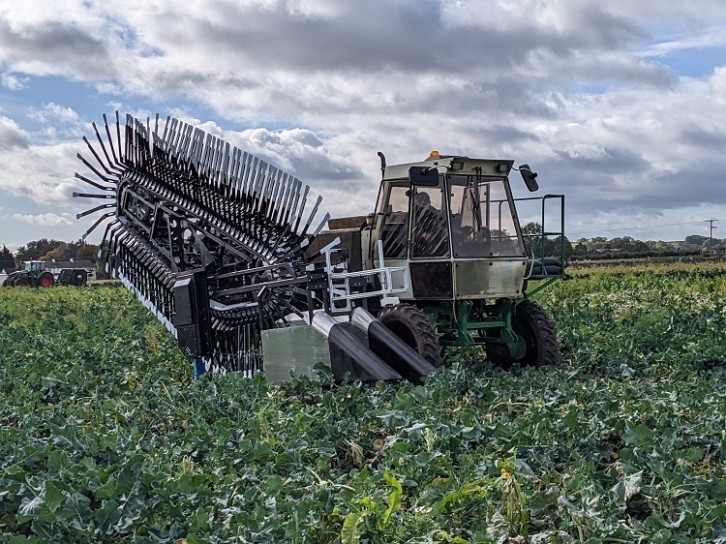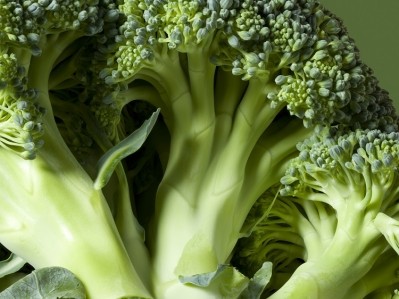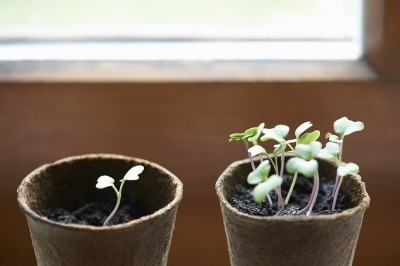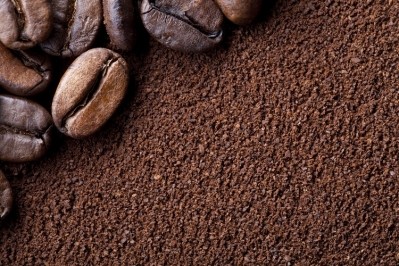Alternative protein made from…broccoli? Stalks and leaves upcycled into ‘clean’ protein for industry
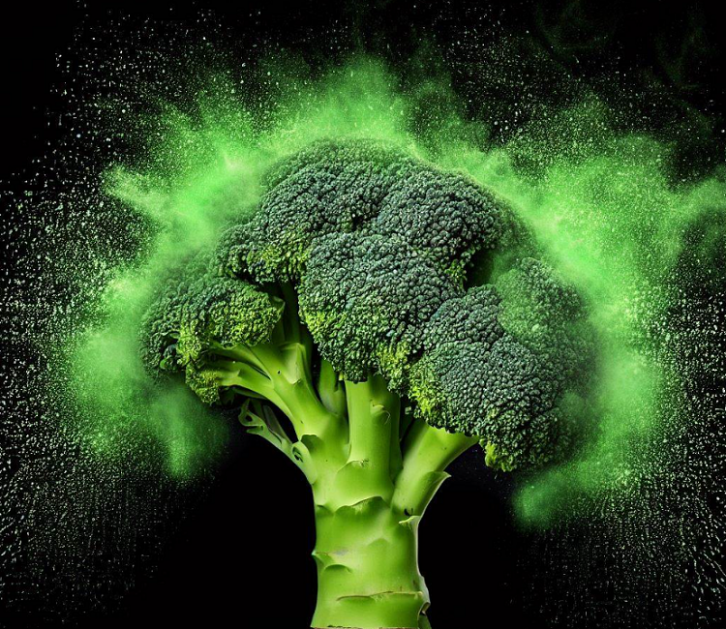
Food loss and waste accounts for nearly 8% of global greenhouse gas emissions, according to the UN, which argues that reducing waste close to the farm is the most effective way of addressing food security and alleviating stress on land and water.
In broccoli harvesting, as much as 80% of the broccoli is wasted and left in the field once the heads are removed for sale.
In the UK alone, more than 600,000 tonnes of broccoli plant mass are currently wasted, estimates the Department for Environment, Food & Rural Affairs (DEFRA). This includes not just the stem, stalk, and leaves, but also the broccoli heads that do not meet supermarket specifications.
But according to Upcycled Plant Power (UPP), a company developing AI harvest automation technology in the UK, this ‘waste’ side stream is just as nutritious as the broccoli in the supermarket. In a new project, UPP is working to harvest this biomass for the development of ‘valuable’ proteins and ingredients for food and beverage makers.
AI-powered harvesting tech
The new SusProt Project is targeting the 80% of currently unharvested broccoli crop biomass. UPP is leading the consortium, which has received funding from DEFRA and UKRI’s Transforming Food Production Challenge.
Other consortium members include the James Hutton Institute, which brings expertise in crop valorisation, phytochemistry, food and nutrition, as well as the Agri-EPI Centre, which will provide a life cycle analysis to measure exactly how environmentally and economically sustainable the project is at each stage of its development.
The project is made up of two distinct parts: the harvesting of the broccoli stalk, stems and leaves; and the alternative protein production.
UPP has developed an AI-powered harvesting tool that uses machine learning to identify broccoli heads that are ready for harvesting. The tool then cuts and lifts the whole plant onto a trailer where the heads are separated from the leaf and stalk.
After the broccoli plant has been harvested and the heads delivered to market, UPP uses the remaining 80% (stem, stalks, leaves) in its protein manufacture, explained UPP CEO and founder David Whitewood. “The harvesting is the key to unlocking the crop side-stream, which is bulky, so we upcycle pre-farmgate.”
This technique differs significantly from conventional broccoli harvesting, whereby the broccoli crop is harvested by hand. Farm labourers walk through the crop fields with sharp knives and cut each broccoli head individually, leaving the leaves, stem and heads that don’t fit the stringent supermarket requirements on the field, Whitewood told FoodNavigator.
“UPP’s smart machinery enables broccoli farmers to harvest more of the plant than they feasibly could using traditional human labour because the AI-plus-tractor-tool combo does it all: spotting, cutting, lifting and carrying, at a rate of up to 3km/h, harvesting the whole broccoli plant.”
Broccoli: an alternative to soy and pea protein?
The second stage, whereby the would-be broccoli waste is transformed into an alternative protein for industry, is also part of the SusProt Project. The resulting protein will be low-cost, low-impact, and highly nutritious, we were told, and can serve as a ‘more sustainable’ alternative to pea or soy protein.
Indeed, the SusProt Project estimates broccoli protein to be four times less carbon intensive to produce than pea protein.
“The protein ingredients are upcycled from the waste broccoli crop that would usually be left to rot, so no additional CO2 is produced through growing and harvesting,” Whitewood explained. “This means that our upcycling process uses much less energy than producing soy pea protein isolate and there are also fewer food miles associated with it.”
As to how broccoli protein production differs from soy and pea protein production, Whitewood told us broccoli protein from UPP is not an ‘ultra-processed white powder’. It is produced using ‘clean’ processes that do not denature the outputs or destroy the associated health benefits such as polyphenols and glucosinolates. It does not require rehydration like isolates, he added.
“It is ideally suited for food production since no special equipment or processes are required.”

UPP says broccoli protein can be used in a variety of foods and beverages, and lends itself ‘excellently’ to plant-based koftas, sausages and burgers, as well as an addition to smoothies, soups and stews, “giving the end consumer a clean protein enhanced food and/or drink solution”.
As to whether broccoli protein presents with any off-notes or flavour challenges, as can be found with soy or pea protein, Whitewood told us it does have mustard and green notes indicative of brassicas which, whereas not a challenge, needs to be paired with the correct ingredients to ensure a balanced flavour delivery.
The SusProt Project will run until the end of December 2024 and will also evaluate the potential to extend to other unused crops. Food and drink companies, including Coca-Cola-owned Innocent Drinks, will test and evaluate the proteins and other extracts for use in their products.
“We are always searching for new ways to make it easy for people to eat more fruit and veg whilst looking after the planet,” said Robin Slatter, scouting and R&D lead at Innocent Drinks.
“We are excited to see, through this project, how broccoli stem, which otherwise would be wasted, can be used to create a healthy and nutritious product that is better for people and better for the planet.”
